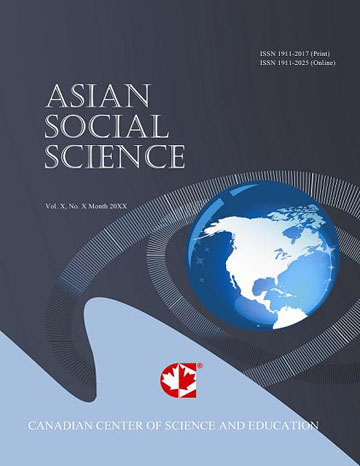Investigating the Narrators from the Senior Tabi'in Class Who Narrated from Two Companions and Were Classified as "Maqbūl" by Ibn Hajar in "Taqrib al-Tahdhib"
- Fouad Bounama
- Mohamed Ibrahim Al-Halwani
Abstract
This research aims to identify and analyze narrators from the senior successors of the companions (Kibār al-Tābiʿīn) who narrated from two companions (Ṣaḥāba) and were classified as "acceptable (Maqbūl)" by Ibn Hajar in his work "Taqrīb al-Tahdhīb," which represents the sixth rank in his categorization of narrators' integrity. A critical gap exists in the comprehensive analysis of these narrators, particularly those who had access to multiple companions yet maintained limited transmission networks. The research addresses important methodological questions regarding how the breadth of a narrator's instructional sources influences their classification in the science of criticism and validation (jarḥ wa taʿdīl) and whether narrating from two companions provides additional credibility compared to single-companion transmission. The significance of this study lies in providing detailed insights into hadith narrators among senior successors who achieved moderate diversification in their sources while remaining in the middle ranks of narrator reliability. An inductive approach is employed to gather comprehensive information on this specific category of narrators from "Taqrīb al-Tahdhīb," tracking their narrations across various hadith collections and applying descriptive analytical methodologies to study their classifications and transmission patterns. Expected outcomes include a systematic catalog of these narrators, analysis of their role in hadith transmission networks, evaluation of their contributions to both Marfūʿ and Āthār literature, and a deeper understanding of Ibn Hajar's methodology in assessing narrators with dual-companion transmission. This research ultimately contributes to a more nuanced understanding of the transmission of prophetic traditions among senior successors, helping to clarify the significance of source diversification in narrator evaluation and its impact on hadith authentication processes.
- Full Text:
 PDF
PDF
- DOI:10.5539/ass.v21n5p40
Journal Metrics
Index
- Academic Journals Database
- BASE (Bielefeld Academic Search Engine)
- Berkeley Library
- CNKI Scholar
- COPAC
- EBSCOhost
- EconBiz
- Elektronische Zeitschriftenbibliothek (EZB)
- Excellence in Research for Australia (ERA)
- Genamics JournalSeek
- GETIT@YALE (Yale University Library)
- Harvard Library
- IBZ Online
- IDEAS
- Infotrieve
- JournalTOCs
- LOCKSS
- MIAR
- Mir@bel
- NewJour
- OAJI
- Open J-Gate
- PKP Open Archives Harvester
- Publons
- Questia Online Library
- RePEc
- SafetyLit
- SHERPA/RoMEO
- Standard Periodical Directory
- Stanford Libraries
- Technische Informationsbibliothek (TIB)
- The Keepers Registry
- Universe Digital Library
- VOCEDplus
- WorldCat
Contact
- Jenny ZhangEditorial Assistant
- ass@ccsenet.org
